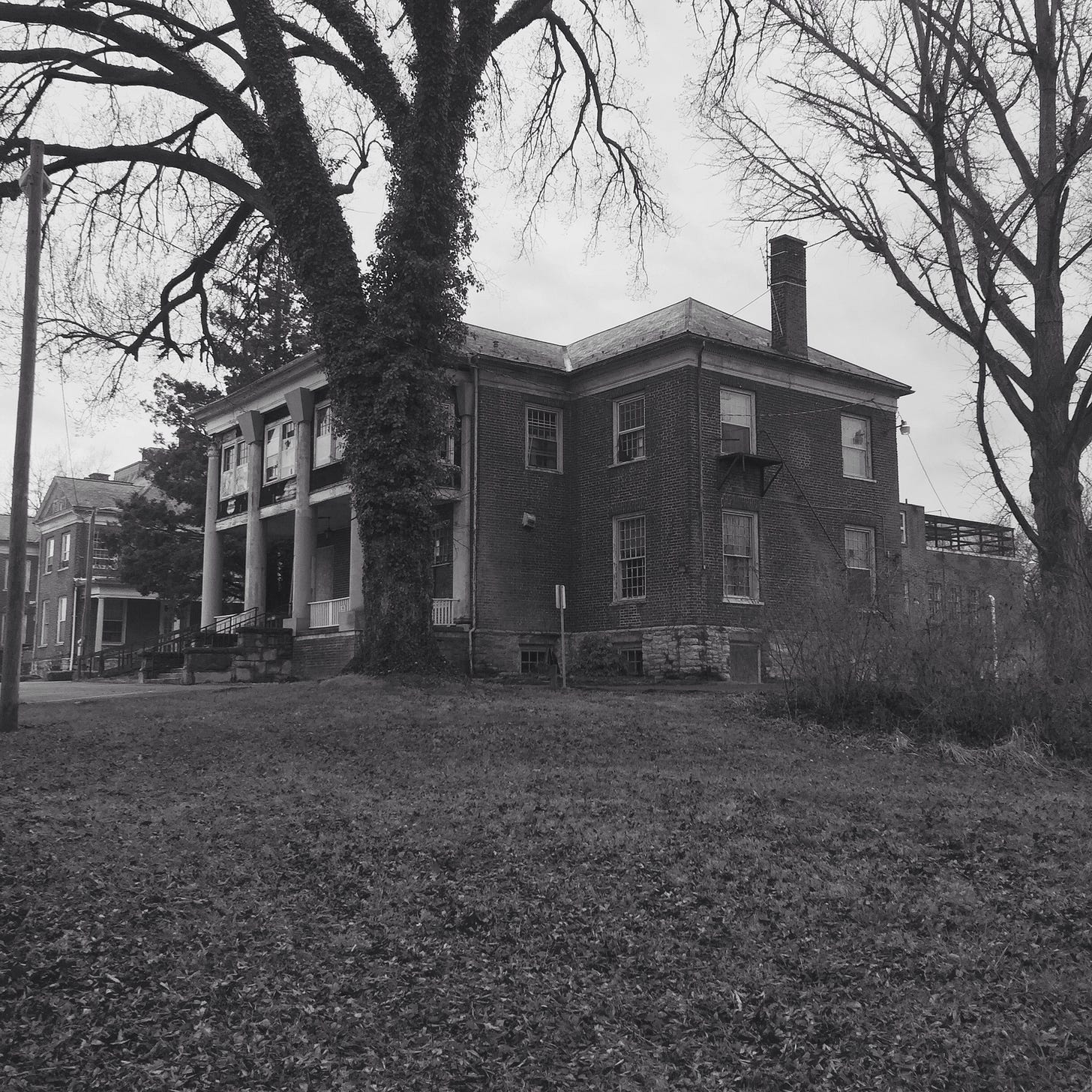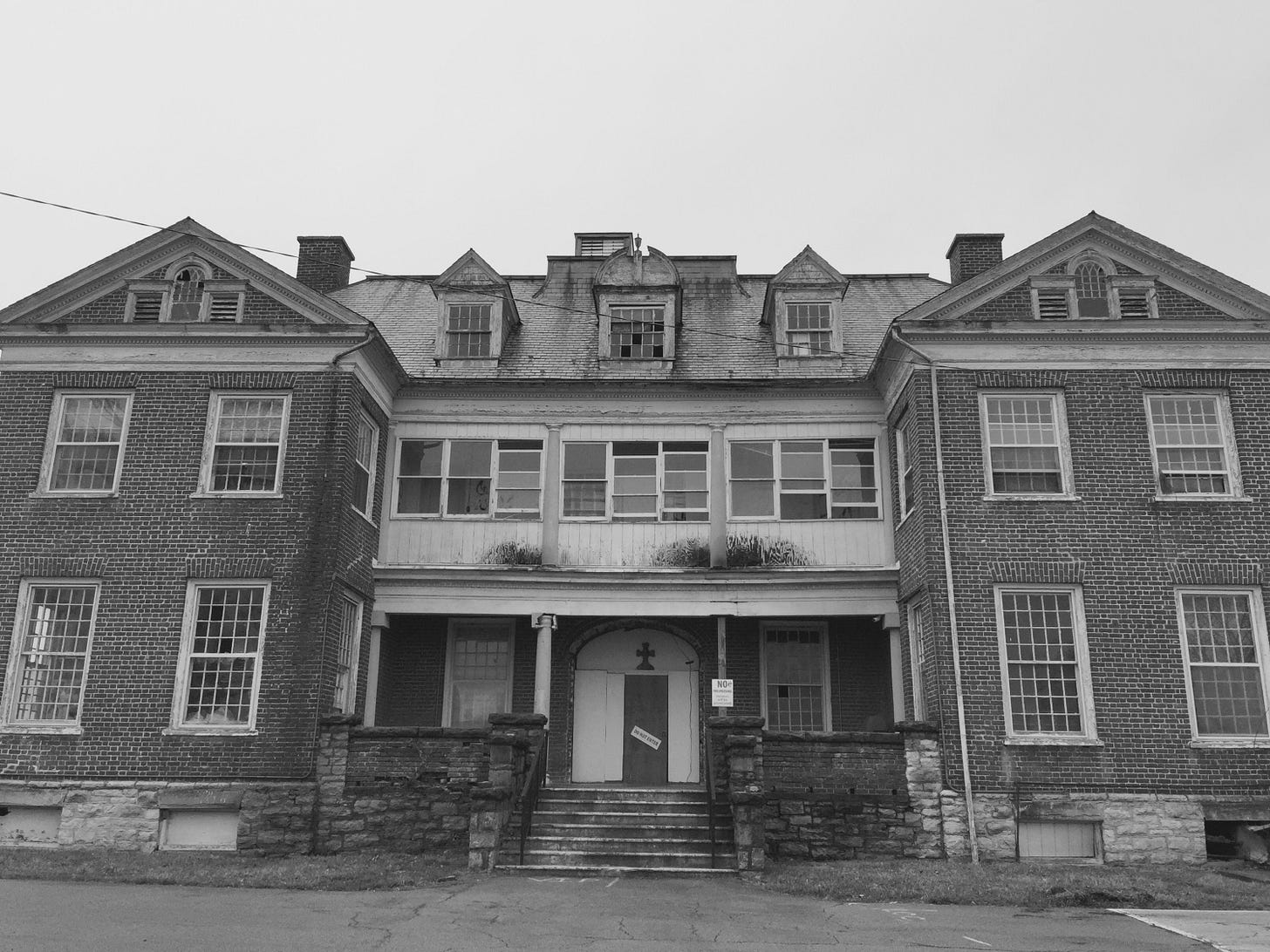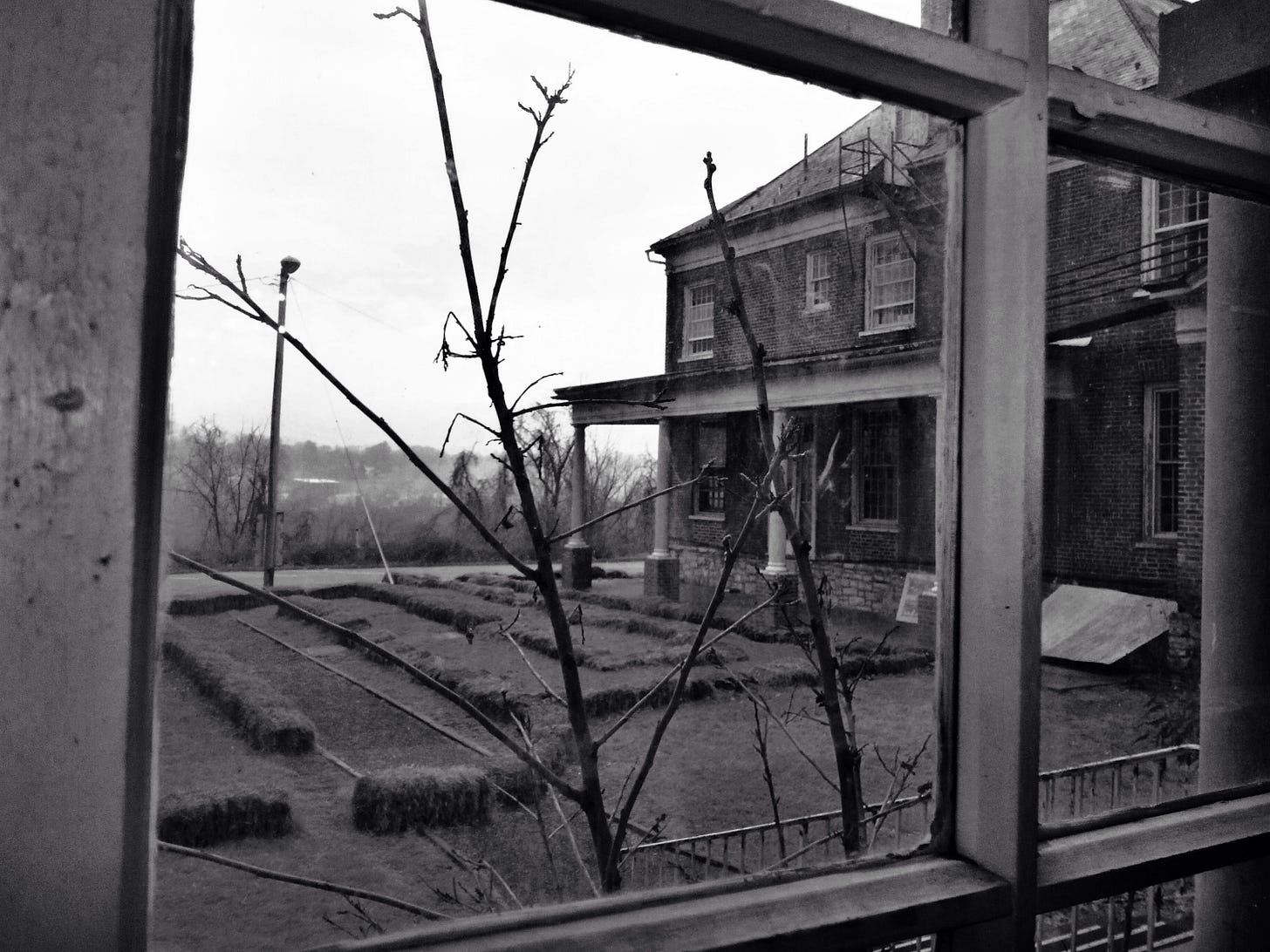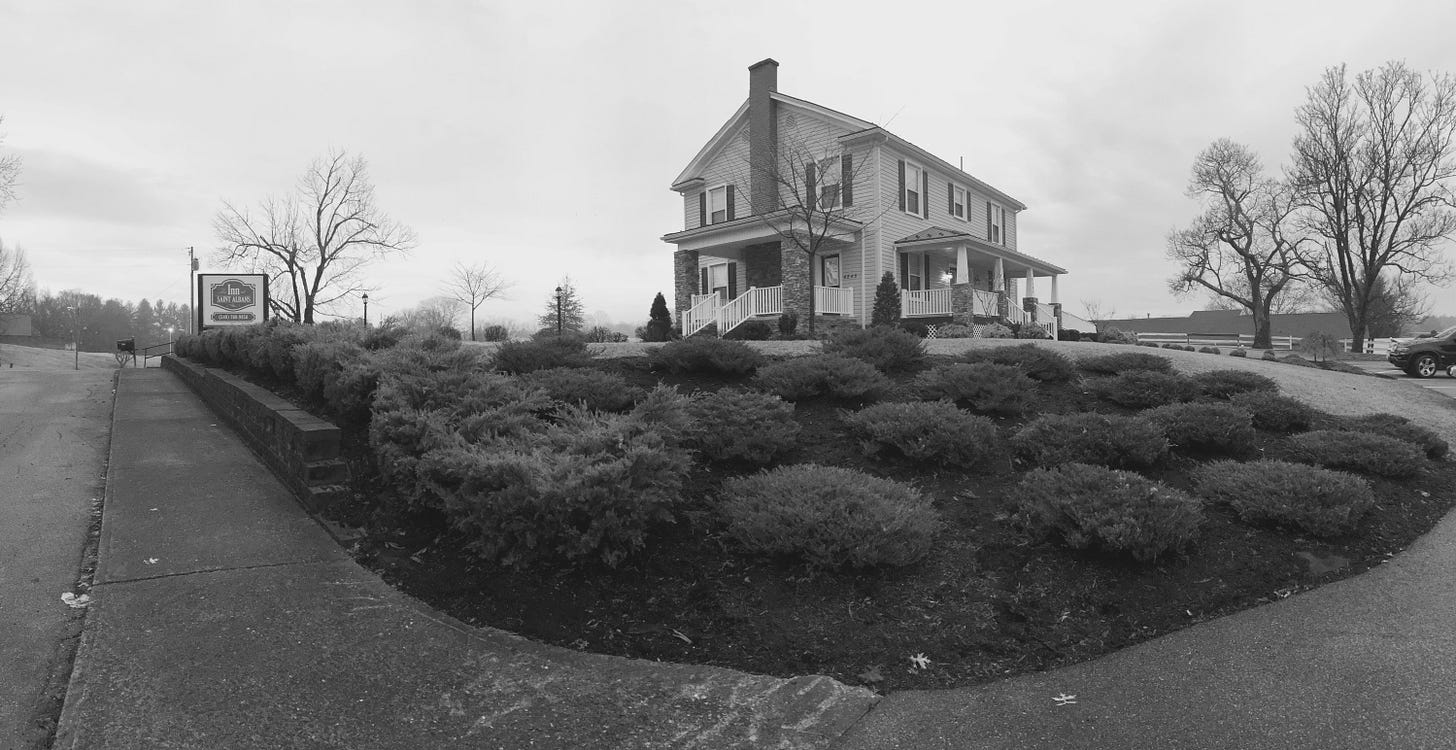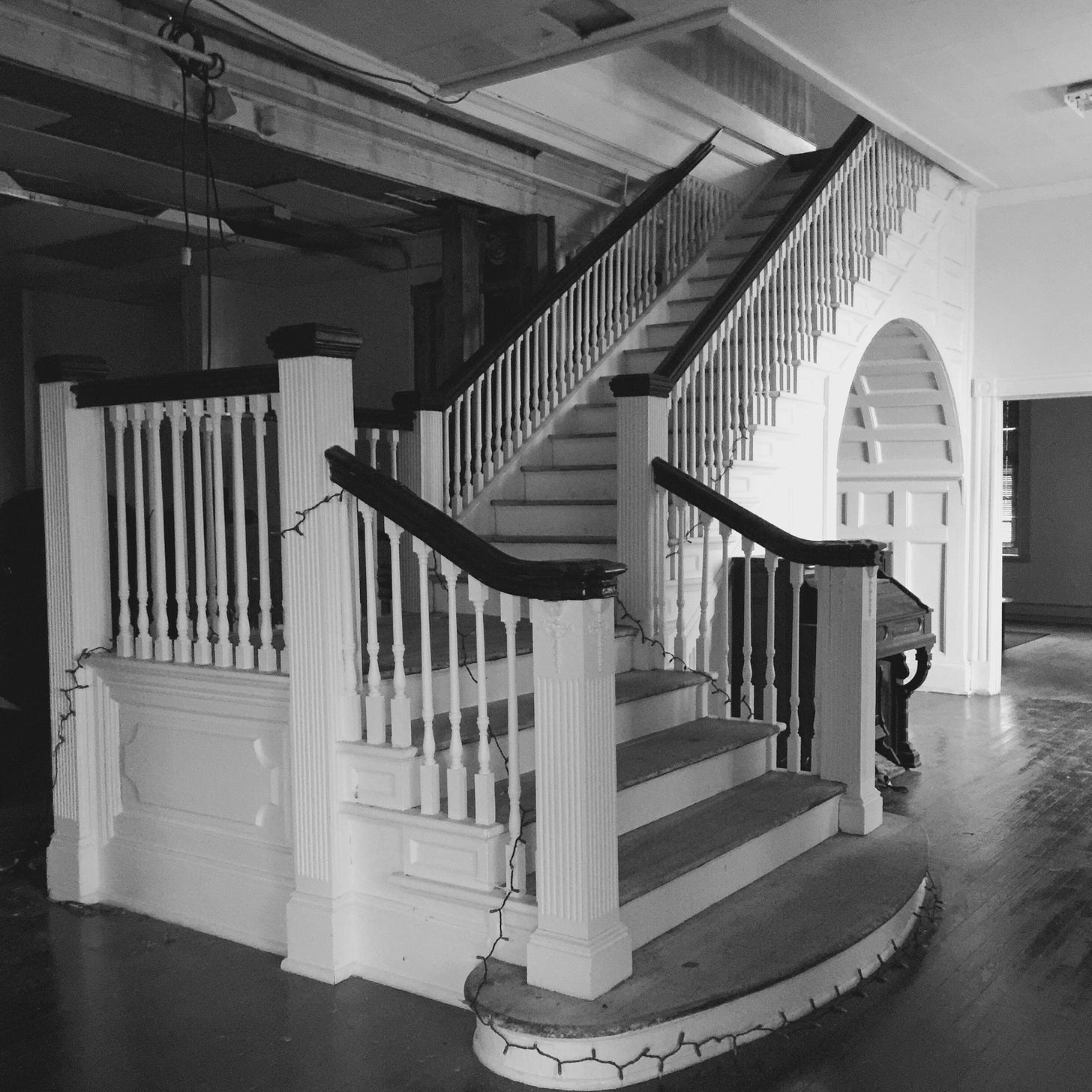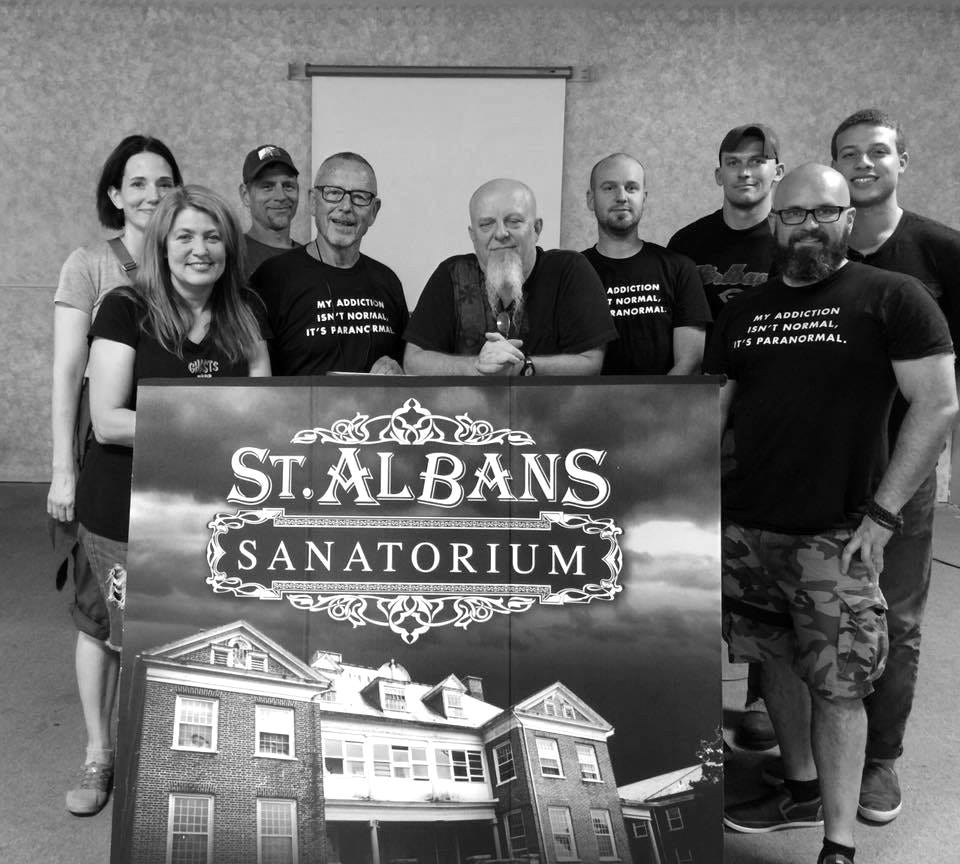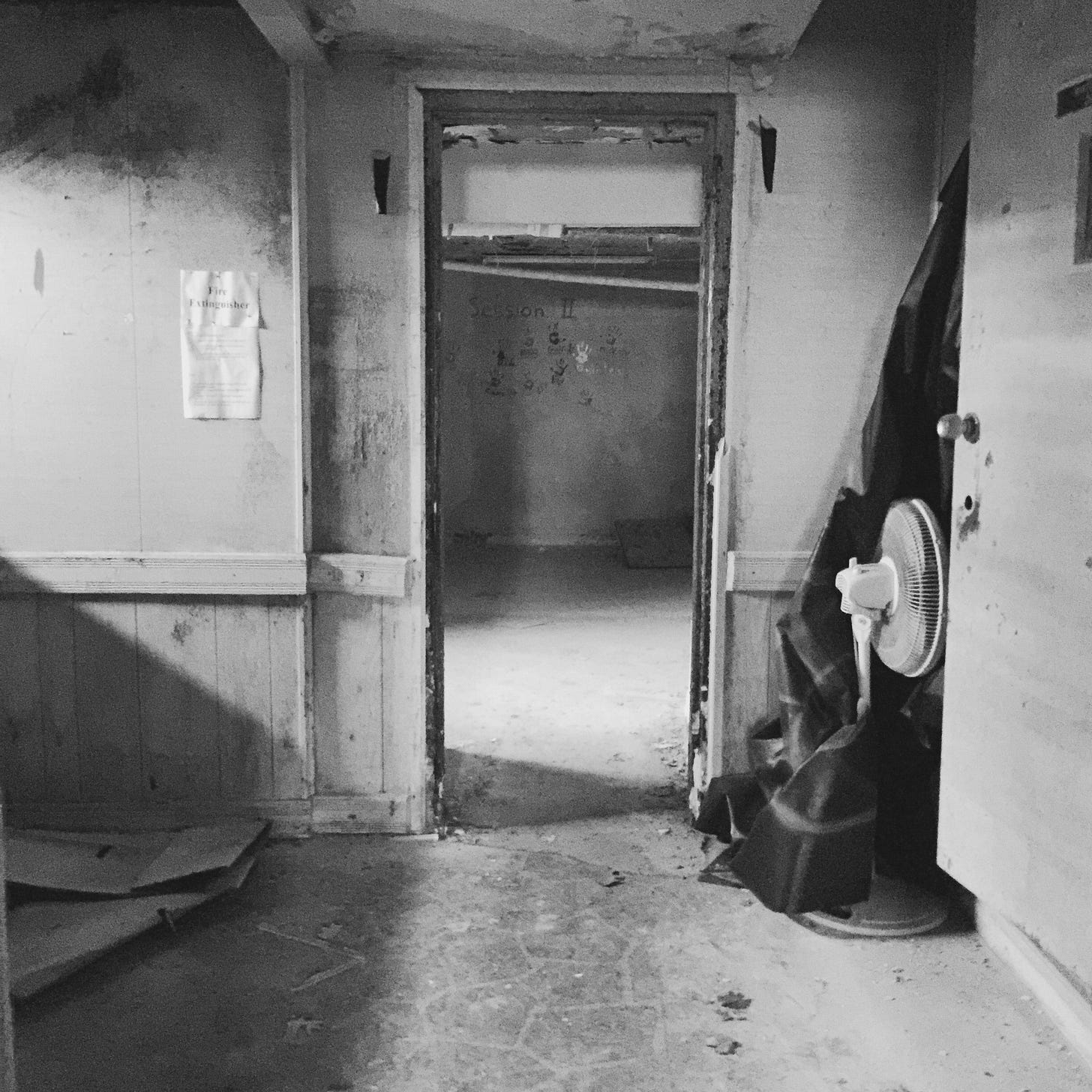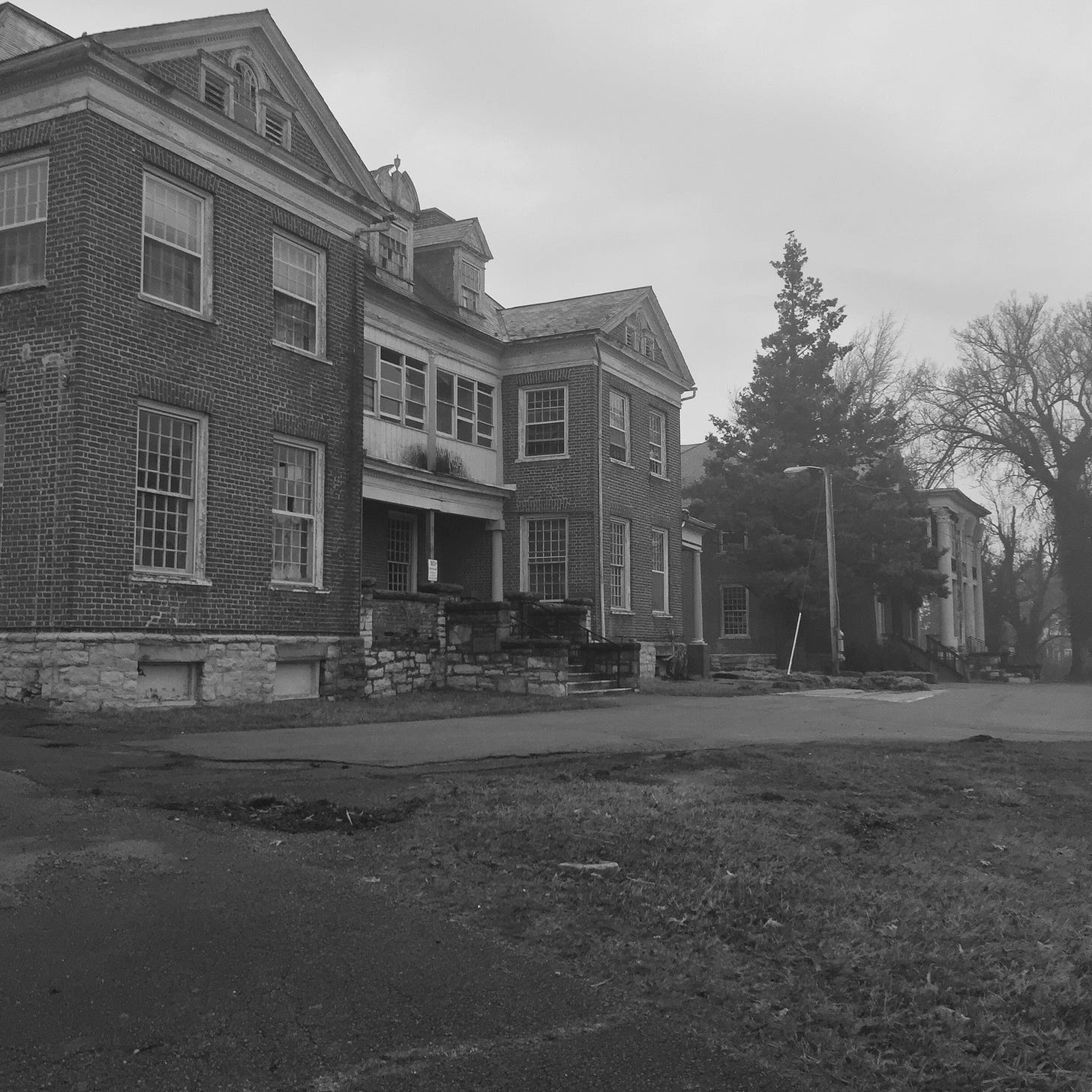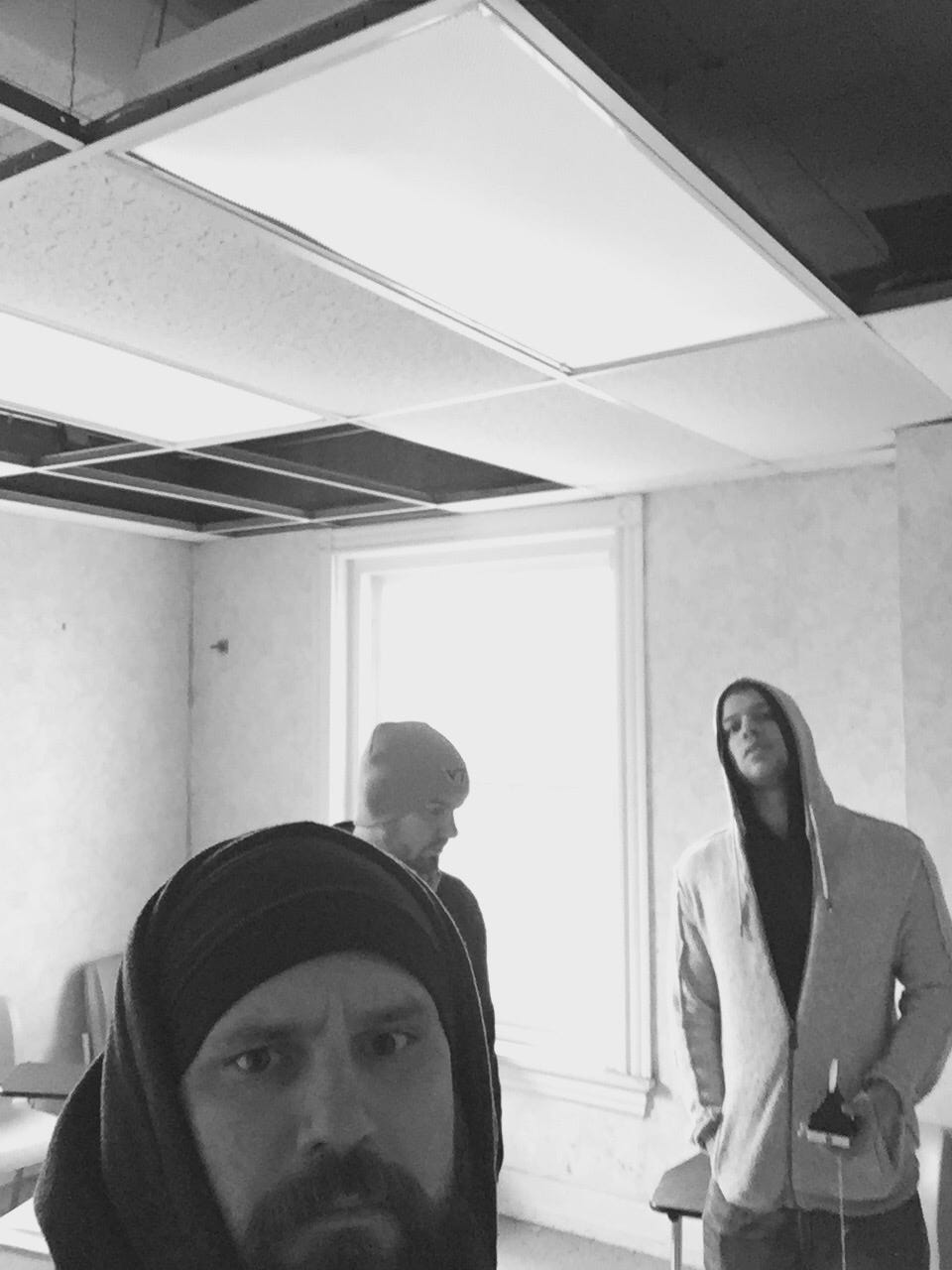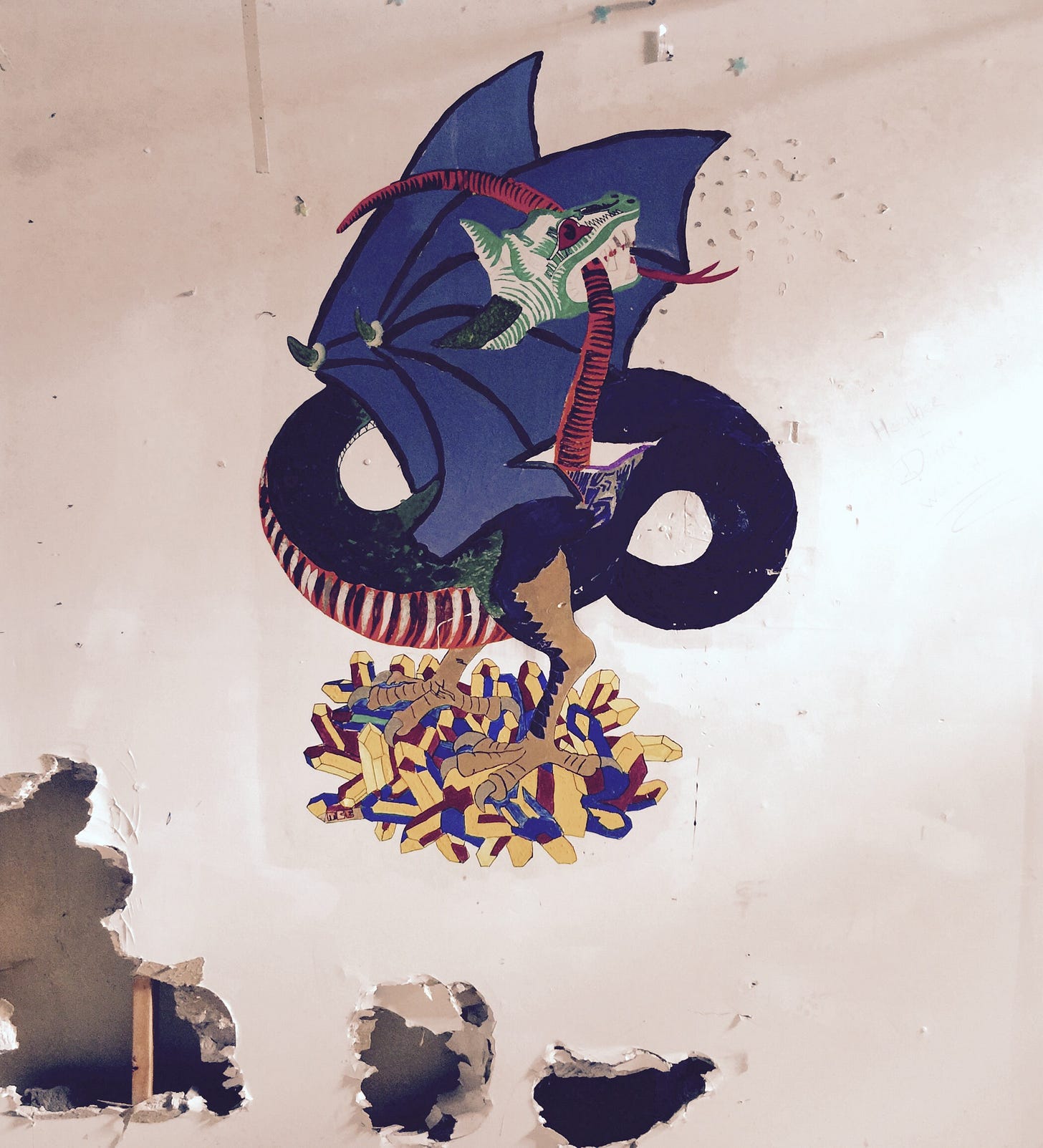St. Albans Sanatorium: Ghost Hunting and the Power of Belief
Unveiling the Donald and Jacob Egregore at St. Albans Sanatorium
Introduction
St. Albans Sanatorium, perched above Virginia’s New River, stands as a haunted landmark where history intertwines with folklore. My two investigations there, foundational to establishing Paraholics, introduced me to Donald—a mischievous spirit—and Jacob, his subdued companion. Their vivid presence—despite no historical corroboration—introduced me to the idea of egregores: thought-forms shaped by collective belief. These experiences transformed my ghost-hunting perspective, merging skepticism with curiosity.
A Glimpse into St. Albans’ Past
George W. Miles, a University of Virginia graduate, founded St. Albans in 1892 as a Lutheran preparatory school for up to 50 boys, emphasizing classical education (The Promus, 1898-99; Lost Colleges). Student nicknames like “Bess” or “Shortie” hint at camaraderie, yet no evidence supports tales of bullying or suicides (Lost Colleges; Radford Historical Society, accessed October 2023). Assertions of student deaths arise from folklore, not facts.
Financial difficulties forced the school’s closure in 1911 (The Roanoke Times, 1911). In 1916, Dr. John C. King converted it into St. Albans Sanatorium, a psychiatric facility featuring a farm and bowling alley. Despite its progressive aims, it employed severe treatments like insulin coma therapy and electroconvulsive therapy (Asylum Projects; Only In Your State, 2015). By 1945, 6,509 patients strained 48 staff, leading to neglect (Virginia Department of Mental Health, 1945). Suicides occurred, including a female patient’s death in the 1950s in the third-floor “suicide bathroom,” though specifics remain vague (Radford Historical Society; The Moonlit Road, 2015). An on-site morgue processed the deceased.
The 1980 murder of Gina Renee Hall, an 18-year-old Radford University freshman, adds a modern layer of tragedy. After disappearing from a nightclub with Stephen Epperly, her blood-stained car was discovered near the Hazel Hollow railroad trestle, near St. Albans (The Roanoke Times, 1980). Epperly was convicted that same year—Virginia’s first no-body murder case. The verdict hinged on forensic evidence (Commonwealth v. Epperly, 1980). Rumors tie Epperly to St. Albans, but searches found no connection (Radford Police Department Case Files). Unconfirmed EVPs whispering “Gina” linger (Association of Paranormal Study, 2016).
In 1960, St. Albans became a general hospital, joining Carilion Health System in the 1990s before closing in 2004. Now owned by the Radford University Foundation, it offers tours and events (Asylum Projects; St. Albans Sanatorium Official Website). Limited records fuel its mystique, though history and legend seldom align.
First Visit: A Collaborative Effort
My first investigation, detailed in The Ghosts of St. Albans Sanatorium - Radford, Virginia (March 13-15, 2015), brought together D.K.S. Paranormal, Paranormal And Truth Hunters (PATH), and Paraholics.com. We secured the site for 36 hours, using tools like EMF detectors, digital recorders, bells, and a P-SB7 spirit box—each aimed at detecting or capturing potential spirit activity. It crackled with responses as we rested at The Inn at Saint Albans, Dr. King’s reportedly unsettling former residence.
Standout Moments
• Muffin Man Hallway: Named after volunteer Jenny Johnston’s Halloween costume, this corridor pulsed with EVPs, footsteps, and spirit-box activity. Elizabeth sang faintly; the Grumpy Ol’ Man taunted us with curses and laughter.
• Bowling Alley and Boiler Room: The basement’s heavy atmosphere carried stories of a Goat Man and shadows. Investigating Gina Renee Hall’s case with Lt. Andy Wilburn of Radford PD produced no EVP insights (Radford Police Department Case Files).
• But the room that changed everything was just up the stairs… Donald’s Room: Located up the main staircase, Donald’s room proved revelatory. Folklore cast Donald as a maintenance man who raped and murdered Jacob, a boy abandoned at the hospital. Retired detective Mike Culwell elicited a chilling spirit-box confession. Donald’s persona—wry, occasionally hostile—burst forth, nicknaming investigator Damon “Big Baby Biscuit” and delivering a theatrical, operatic display that fed on our attention.
This intense experience, marked by Donald’s dynamic presence, molded Paraholics’ initial direction and sparked questions about historical accuracy.
Video:
Second Visit: Confidence and a Solo Stream
My second trip, chronicled in To Catch a Preternatural Predator: Donald of St. Albans Sanatorium (August 20, 2016) and Shadows of St. Albans: Featuring the Afterlight Box, involved investigators like Mike Culwell, Gene Caswell of Jefferson County Paranormal Society, and D.K.S. members. I returned more confident, kicking off the day with a solo morning session in Donald’s room, streamed on Facebook, before the team arrived. Later, we explored the Afterlight Box, an app generating random audio clips for spirit communication, across the property.
Videos:
Dialogues with the Dead
In Donald’s room, I spoke to Donald and Jacob as if their tale were factual. My PRD 1000 and Geobox Afterlight Edition buzzed—Donald’s taunts were sharp and playful yet laced with malice; Jacob’s responses carried sorrow. The solo stream, raw and gripping, highlighted Donald’s humor thriving on my focus. Group sessions mirrored this, though historical clarity remained elusive. The phenomena—voices, flickering lights—seemed performative, drawing strength from our engagement.
The Afterlight Box and “The Master”
Developed by Martin Bellefeuille and Anthony Mark England, the Afterlight Box uses randomized audio sweeps. In the attic, as Gene Caswell sat on a bed, it produced “the bed” and “The Master,” leaving us intrigued (Shadows of St. Albans, 2016). Later, Paraholics researcher Eunice Specter found a 1893-1894 Promus poem, “The Albans Ghosts,” mentioning a headmaster dubbed “The Master” and a student prank (The Promus, 1893-1894). This link—tying Gene’s session to a historical figure—bolstered the Afterlight Box’s reliability, creating a standout moment in my investigations.
The Egregore of Donald and Jacob
While many hauntings tie to history, Donald and Jacob showed how belief alone can spawn vivid phenomena. An egregore is a thought-form empowered by collective belief, akin to a fictional character animated by a group’s shared imagination (Egregores: The Occult Entities That Watch Over Human Destiny, 2018). Grounded in Hermeticism and Theosophy, egregores may account for hauntings lacking historical roots, as expectation births a “spirit” that feels genuine (Journal of Anomalistic Psychology, 2019). Tulpas are individual constructs; egregores draw strength from collective belief.
At St. Albans, Donald and Jacob align with this concept. Searches through The Roanoke Times, Radford Historical Society, and Virginia State Archives uncovered no evidence of them or their supposed crime (Radford Historical Society, accessed October 2023). Their story—Donald’s villainy, Jacob’s tragedy—leans toward folklore. Yet, the encounters were striking: Donald’s sly humor and operatic flair, from “Big Baby Biscuit” jabs to menacing laughs, dominated both visits. Jacob’s gentle presence evoked empathy. Their intensity grew with our attention, a trend noted in ITC work where phenomena amplify with focus.
This gap prompted reflection. If Donald and Jacob lack historical basis, are they products of belief in St. Albans’ aura? This question probes paranormal research: Are we meeting spirits or shaping them? Donald’s showmanship—his need to be seen and heard—suggested the phenomena fed off our focus, like actors craving applause. This realization fueled Paraholics’ evidence-driven approach, balancing skepticism with openness to explore whether we encounter entities or co-create them.
Seeds of Skepticism
These visits underscored a key insight: ghost stories often diverge from history. The first trip, with Donald’s magnetic debut, awakened my scrutiny; the second, with my solo stream and the Afterlight Box’s corroboration, reinforced it. The Donald and Jacob narrative honed my perspective—rooted in evidence, cautious of unverified lore—steering Paraholics’ mission today.
Conclusion
St. Albans Sanatorium revealed that ghost hunting blends belief with evidence. Donald’s theatrical taunts and Jacob’s subtle sorrow, likely egregores born from collective imagination, left a lasting impression. The Afterlight Box’s “Master” reference, tied to a 1893 poem, provided a rare historical anchor. These visits defined Paraholics’ purpose: pursuing truth through skepticism and awe. So if you visit St. Albans, don’t just listen for Donald’s laugh—ask yourself where it’s really coming from.
—Evel Ogilville



